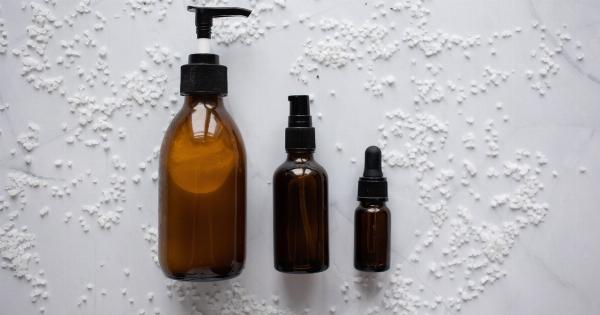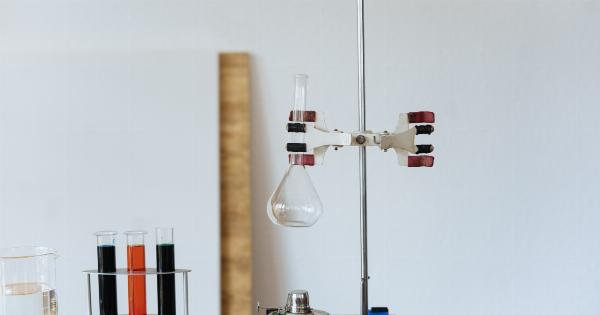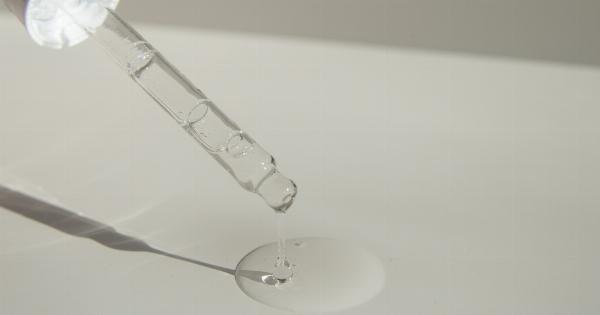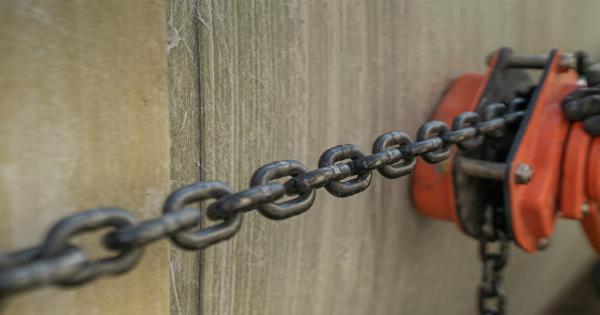Fluid retention, also known as edema, is a condition characterized by the accumulation of excess fluid in the body’s tissues. It can cause swelling, puffiness, and discomfort.
While fluid retention can often be a symptom of an underlying medical condition, there are steps you can take to help reduce it and manage your symptoms. In this article, we will discuss five key tips to cope with fluid retention effectively.
1. Watch Your Sodium Intake
One of the primary causes of fluid retention is an excessive intake of sodium. Consuming too much salt can lead to water retention in the body. To help reduce fluid retention, it’s important to monitor your sodium intake.
Avoid adding extra salt to your meals and opt for low-sodium alternatives. Processed foods, such as canned soups, fast food, and frozen meals, tend to be high in sodium, so try to limit your consumption of these as well. Instead, choose fresh, whole foods and flavor your meals with herbs and spices.
2. Stay Hydrated
It may seem counterintuitive, but staying hydrated can actually help alleviate fluid retention. When your body is dehydrated, it tends to hold on to water in an effort to prevent further water loss.
By drinking an adequate amount of water throughout the day, you can signal to your body that it’s getting enough fluid, and it will be more inclined to release any excess water it may be retaining. Aim for at least eight glasses of water per day and increase your intake if you are physically active or in hot weather.
3. Maintain a Healthy Diet
A well-balanced diet can go a long way in managing fluid retention. Include foods that are rich in potassium, as this mineral helps balance fluids in the body.
Fruits like bananas, oranges, and watermelon, as well as vegetables like spinach and avocados, are excellent sources of potassium. Additionally, foods high in magnesium, such as nuts, seeds, and leafy greens, can also aid in reducing fluid retention. Incorporating these nutritious foods into your diet can help regulate your body’s fluid levels.
4. Get Moving
Regular physical activity can help stimulate the circulation of blood and lymph fluid in your body, reducing fluid retention.
Engaging in exercises that promote muscle movement, like walking, swimming, or cycling, can encourage the elimination of excess fluid through sweat and urine. Additionally, certain yoga poses, such as legs-up-the-wall pose or inversions, can help drain fluid from the legs and ankles. Aim for at least 30 minutes of moderate-intensity exercise most days of the week to help manage fluid retention.
5. Elevate Your Legs
If fluid retention tends to affect your legs and ankles, elevating them regularly can provide relief. When you elevate your legs above heart level, it helps facilitate the return of blood and fluid to your heart and reduces swelling.
Lie down and prop your legs up on a few pillows or utilize a reclining chair for elevation. Spend at least 15 to 30 minutes each day with your legs elevated to alleviate the symptoms of fluid retention.
Conclusion
Fluid retention can be bothersome, but by making a few lifestyle changes, you can effectively manage and cope with this condition.
Be mindful of your sodium intake, stay hydrated, maintain a healthy diet, engage in regular physical activity, and elevate your legs when necessary. These five key tips can help you reduce fluid retention and alleviate the associated discomfort. However, if your symptoms persist or worsen, it’s essential to consult with a healthcare professional to rule out any underlying medical conditions.





























